Ship to: Update
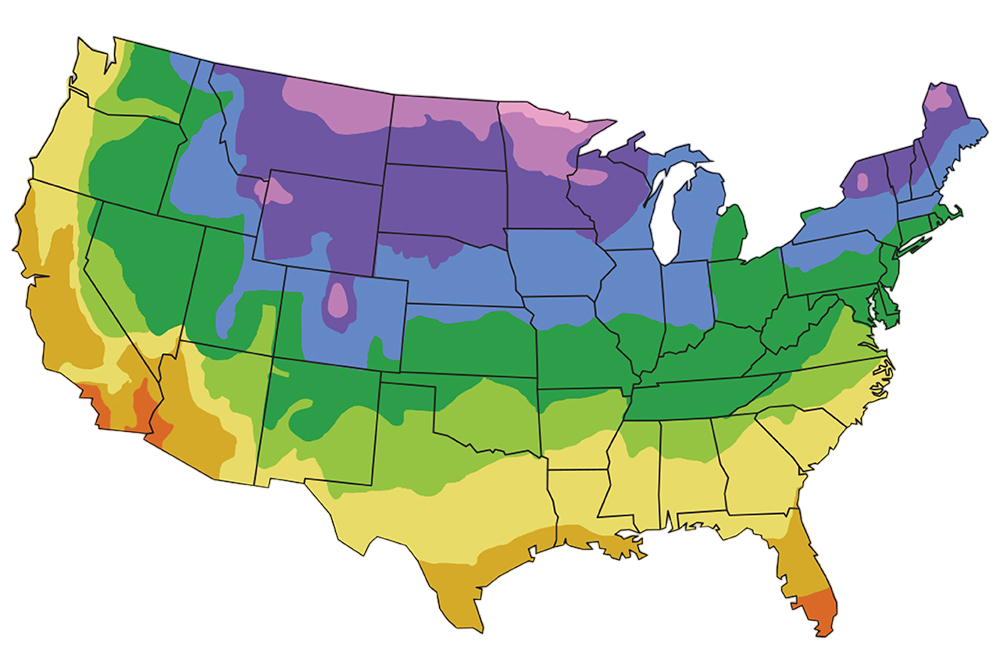
- Plants
- Fruit Trees
- Fruit Trees
- Cherry Trees
Plants Filter
Current Filters
Mature Height
Sunlight
Plant Type
Cherry Trees
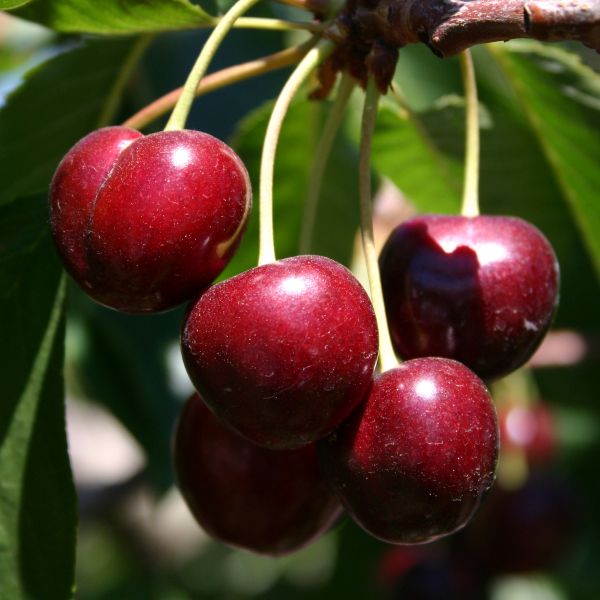
Bing Cherry Tree
Starting at $144
30% Off
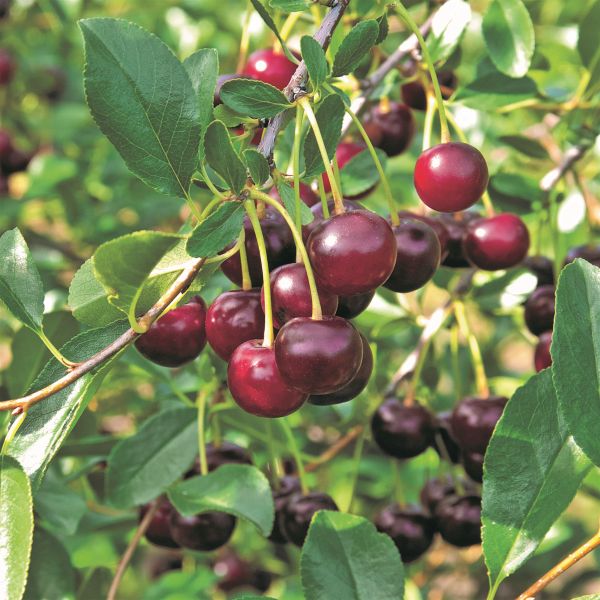
Carmine Jewel Dwarf Cherry
Starting at $123
30% Off
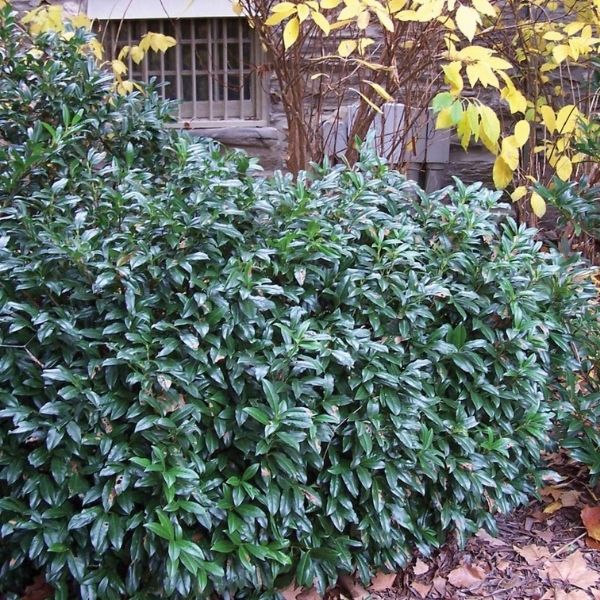
Chestnut Hill Cherry Laurel
Starting at $117
30% Off
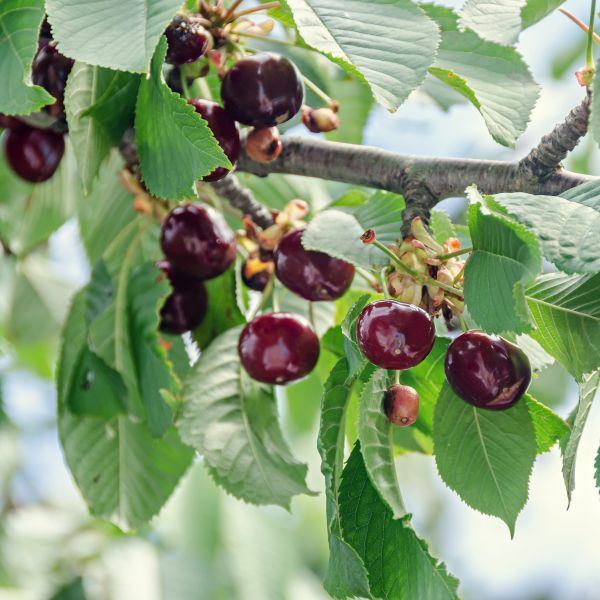
Juliet Dwarf Cherry
Starting at $123
30% Off
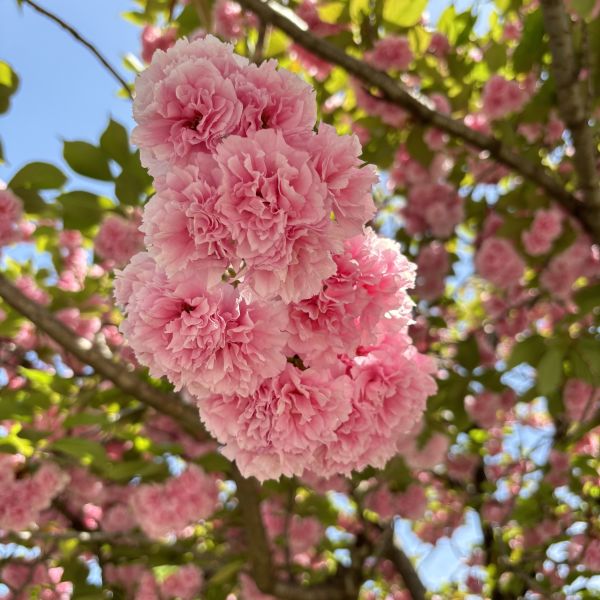
Kwanzan Flowering Cherry
Starting at $81
30% Off
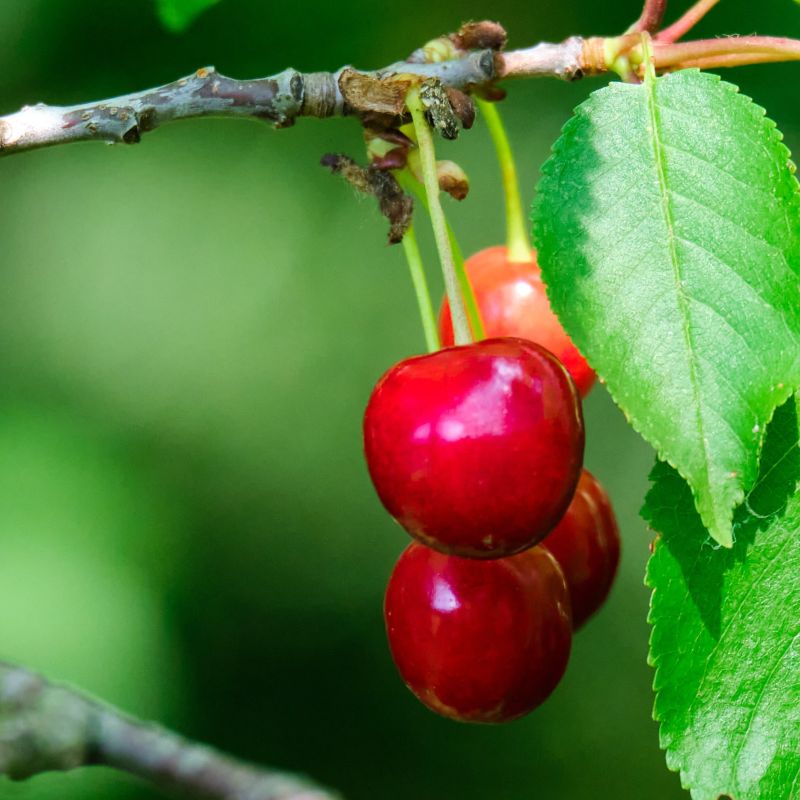
North Star Cherry Tree
Starting at $178
30% Off
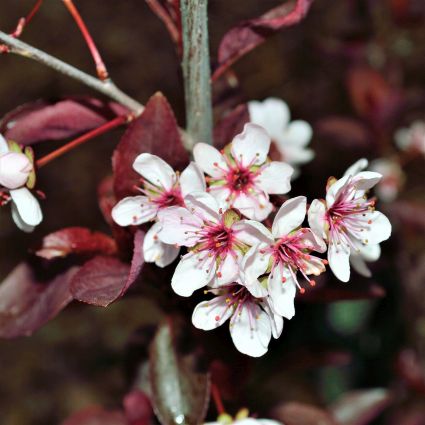
Purpleleaf Sand Cherry
Starting at $47
30% Off
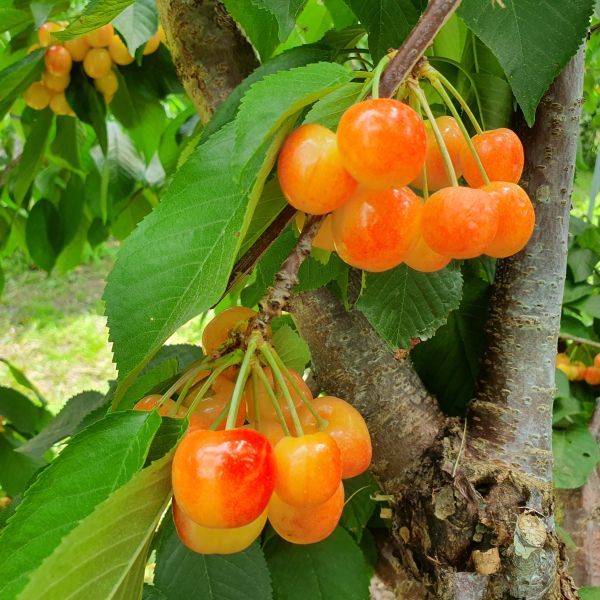
Rainier Cherry Tree
Starting at $144
30% Off

Romeo Dwarf Cherry Tree
Starting at $123
30% Off
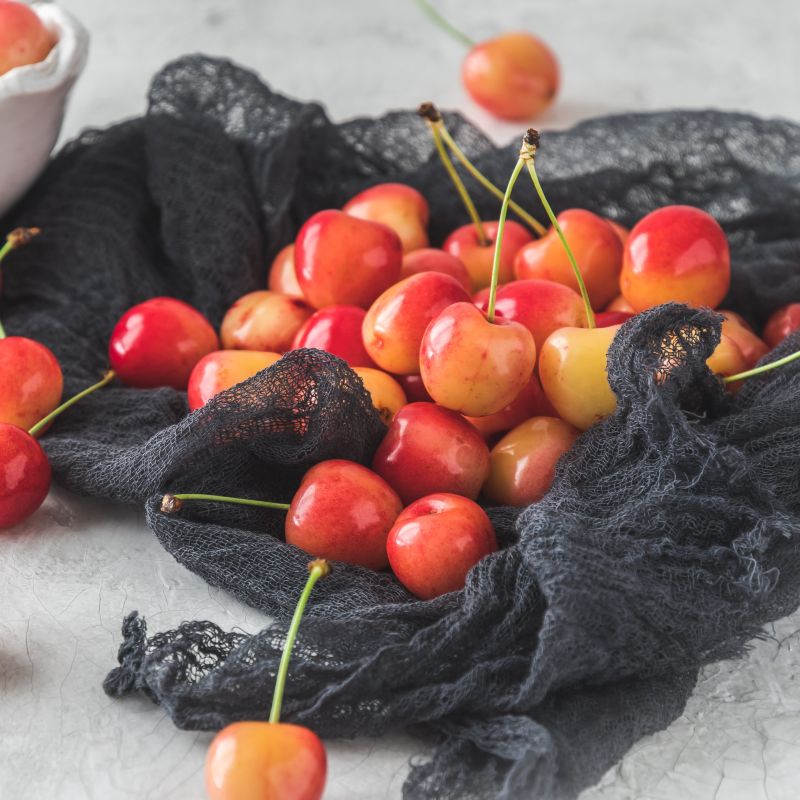
Royal Ann Cherry Tree
Starting at $144
30% Off

Yoshino Flowering Cherry
Starting at $82
30% Off
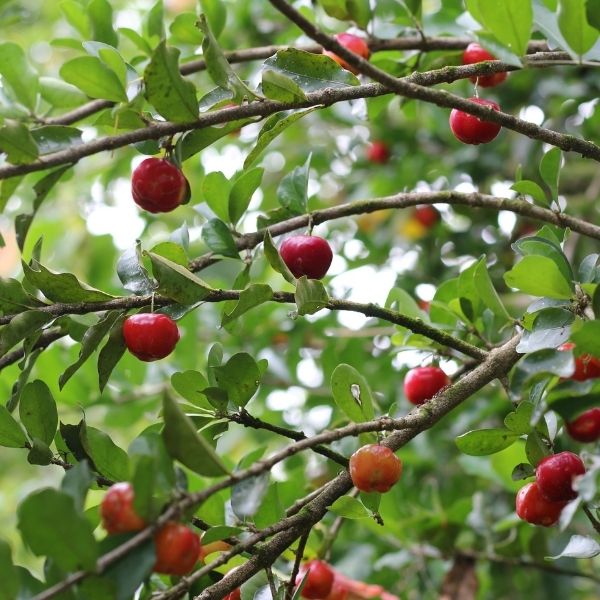
Barbados Cherry
Out of Stock
30% Off
Cherry Trees
Cherry trees are deciduous fruit trees belonging to the genus Prunus. They are known for their beautiful and often fragrant blossoms in spring and their delicious, colorful fruits. Cherry trees come in various species and cultivars, offering a range of fruit flavors, sizes, and colors. The fruits, commonly known as cherries, are used in various culinary dishes, desserts, and beverages.
Varieties: There are several species of cherry trees, and some common ones include:
- Sweet Cherry (Prunus avium): Sweet cherries are larger and sweeter, with varieties like Bing, Rainier, and Stella being popular choices for fresh eating.
- Sour Cherry (Prunus cerasus): Sour cherries are smaller and more tart, often used in cooking, baking, and making cherry pies. Common varieties include Montmorency and Morello.
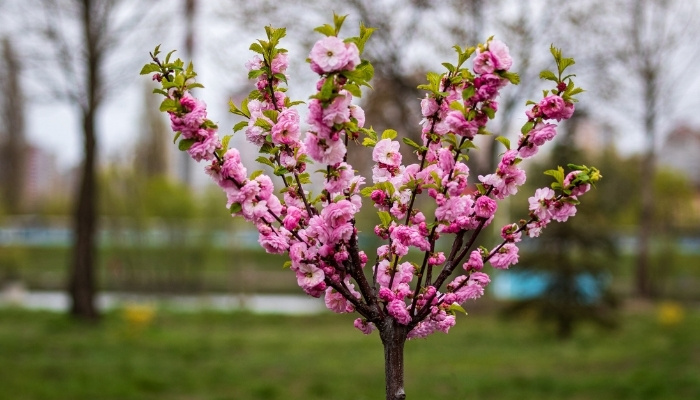
Care Tips:
- Location: Plant cherry trees in a location with full sun to ensure optimal flowering and fruiting. They prefer well-draining soil with good organic matter.
- Pollination: Most sweet cherry varieties require cross-pollination with another compatible sweet cherry tree for better fruit set. Sour cherries are often self-pollinating.
- Watering: Keep cherry trees consistently moist, especially during dry periods or when young. Adequate water is essential for fruit development.
- Pruning: Regular pruning is essential for cherry trees to remove dead or diseased wood, improve air circulation, and shape the tree for better fruit production. Pruning is best done in late winter or early spring.
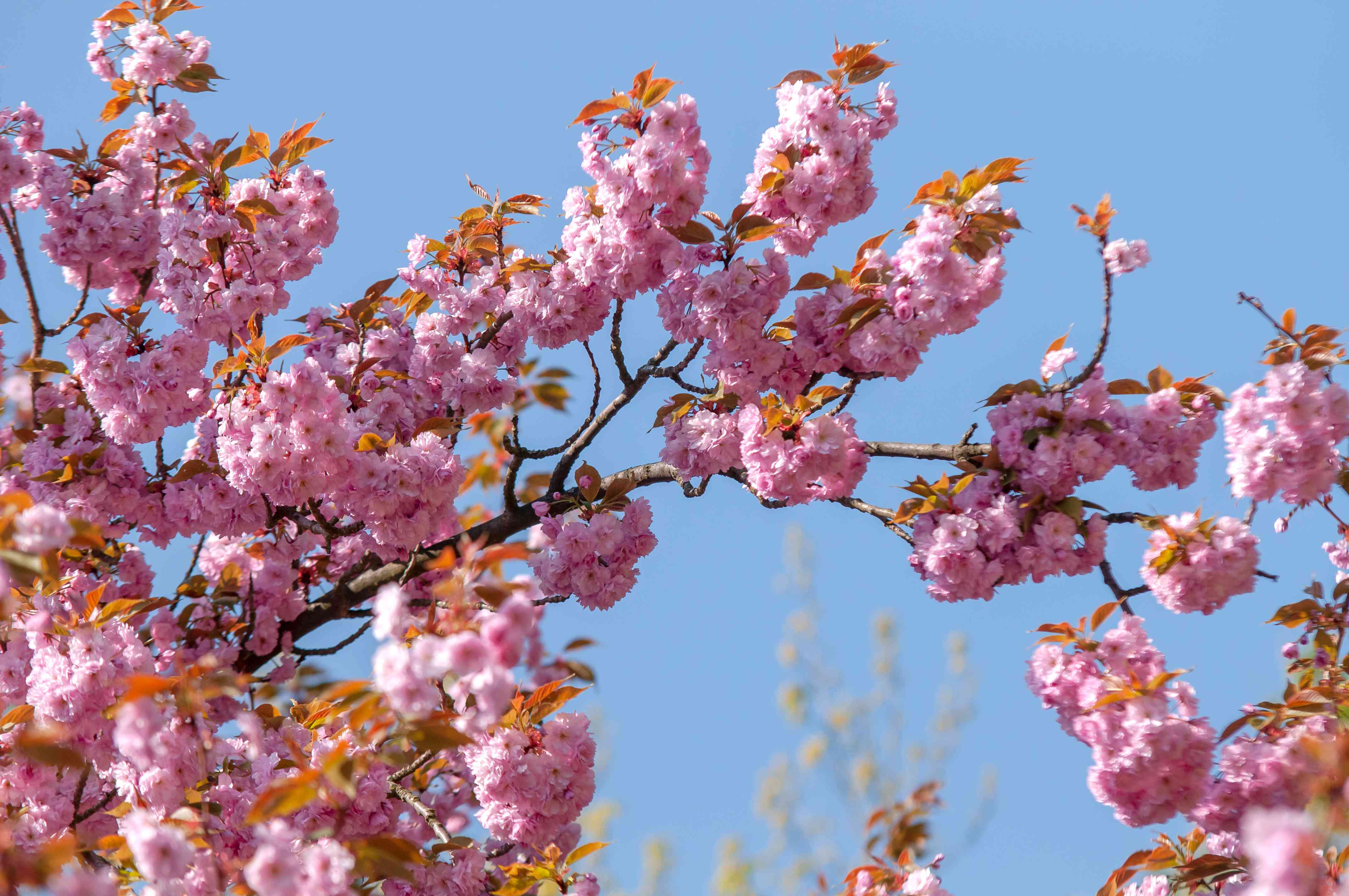
Uses:
- Fresh Consumption: Sweet cherries are delicious when eaten fresh, offering a sweet and juicy treat.
- Cooking and Baking: Sour cherries are popular for cooking and baking into pies, tarts, jams, and preserves due to their tart flavor.
- Cherry Juice and Syrups: Cherries can be juiced or made into syrups for use in beverages and culinary creations.
- Canning and Drying: Cherries can be canned or dried for later use in various recipes.
Cherry trees are not only valued for their fruit but also for their ornamental beauty. They add a touch of elegance to landscapes with their spring blossoms and lush foliage. However, cherry trees may require protection from birds and other animals that are attracted to the fruit. With proper care and maintenance, cherry trees can provide a bountiful harvest of delicious cherries and become a cherished addition to any garden or orchard.
Item has been added to your cart.

